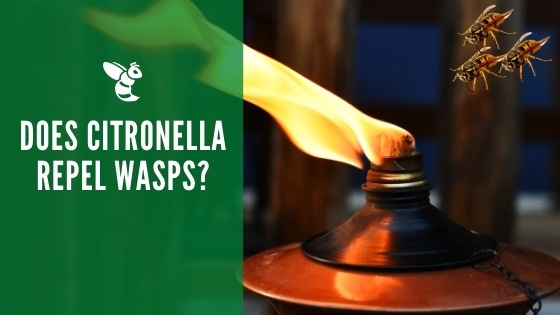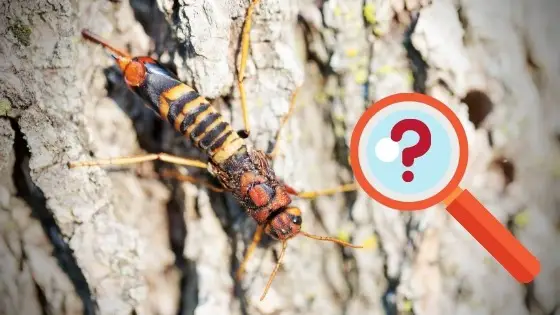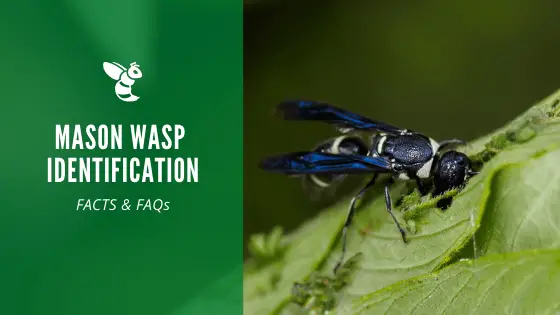Lethargic Wasps in House
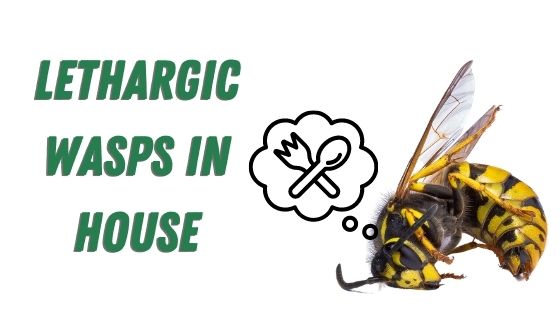
Wasps are a pretty irritating and dangerous insect to have in your home. Depending on the type of wasp you have in your home or on your property, they may be capable of building a really big nest.
They may also be a specific species of wasp that can sting when they feel threatened by you. Since most wasps live in colonies, you could be dealing with a large number of them. If you’ve spotted some lethargic wasps in your home, there may be a nest nearby.
If it’s fall, you could just be dealing with a couple of wasps that made their way inside because of cold weather. It’s still a good idea to investigate to make sure that a nest is not present. If you find one, you can take the necessary steps needed to remove the nest.
Why Do Wasps Get Lethargic?
Wasps require a good amount of food to survive. If you spot some lethargic wasps around your home, they’re probably struggling to thrive. You may have had a nest that you failed to notice. If the nest couldn’t get going, then the wasps are now starting to die off.
If you don’t have a nest inside of your home, the nest may be outside. They’re trying to come in as a way to survive what’s going on outside.
The weather will also affect the behavior of wasps. In the spring, wasps tend to be very lively as they start up their colony again. During the summer months, they work hard to feed their larvae and expand their nest.
You may notice that the fall months result in a lot of wandering wasps. The cold temperatures are reducing food supply, and wasps can’t live outside in the cold.
Depending on where you live, the majority of wasps will die off during the fall months. The queen is usually the only member of the colony that will hibernate until next spring rolls around.
How to Get Rid of Lethargic Wasps (Yellow Jackets)
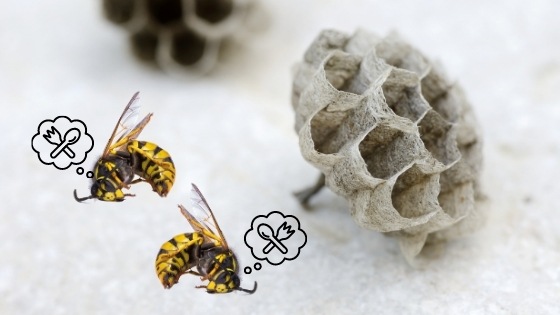
Depending on how lethargic the wasps are that you’re finding, you may not have much difficulty in removing them from your home. It may be as simple as physically capturing them while they’re moving around slowly.
You can choose to purchase a special insect spray that will effectively kill wasps on contact, but make sure you’re picking something that is natural-based.
You don’t want to use any chemical pesticide product inside your home where you and your family live. Pets could also become very sick if they come into contact with dangerous chemicals.
If you find a nest inside your home, you don’t want to assume that all of the wasps inside it are lethargic (half dead). There may be a number of them that are still thriving inside. Take the time that you need to assess what’s going on with the nest.
If there are wasps inside that are still very energetic, you should be able to observe them coming in and out a bit. You can use a chemical spray that’s safe for interior use. You can also physically remove the nest by placing a bag over it if you notice that there isn’t much wasp activity.
Dying Wasp Behavior
A lethargic wasp that is near death will have very slow movements. They will usually be crawling around slowly. They won’t appear to have any normal pattern to how they’re moving.
They may also attempt to fly, but usually won’t be able to get very far. They’re definitely not going to attempt to attack you or sting you if you’re nearby. Most people assume the dying wasps are confused because of their erratic behavior.
How Do Wasps Get In Your House?
Wasps can find a way into your home when you have cracks or gaps around your foundation, near your roof, near your chimney, vents outside your home etc. They can even come right through the front door if you leave it open long enough.
Once inside, they may go right to work making a nest. If you have a single wasp come inside and they can’t find a way to survive, then you’ll likely see it suffering within two to three days of being inside.
If you have lethargic wasps in your house, make sure that you look around to see what you can do to rectify the situation. You want to seal off any access points that the wasps have. This will prevent more from coming inside.
You should also look around for a potential nest that is housing the wasps. There may be more where the few you’ve seen have come from. As always, you should call in a professional if you need assistance with removing wasps from your home safely and effectively.
Sources:
https://www.extension.purdue.edu/article/24041

